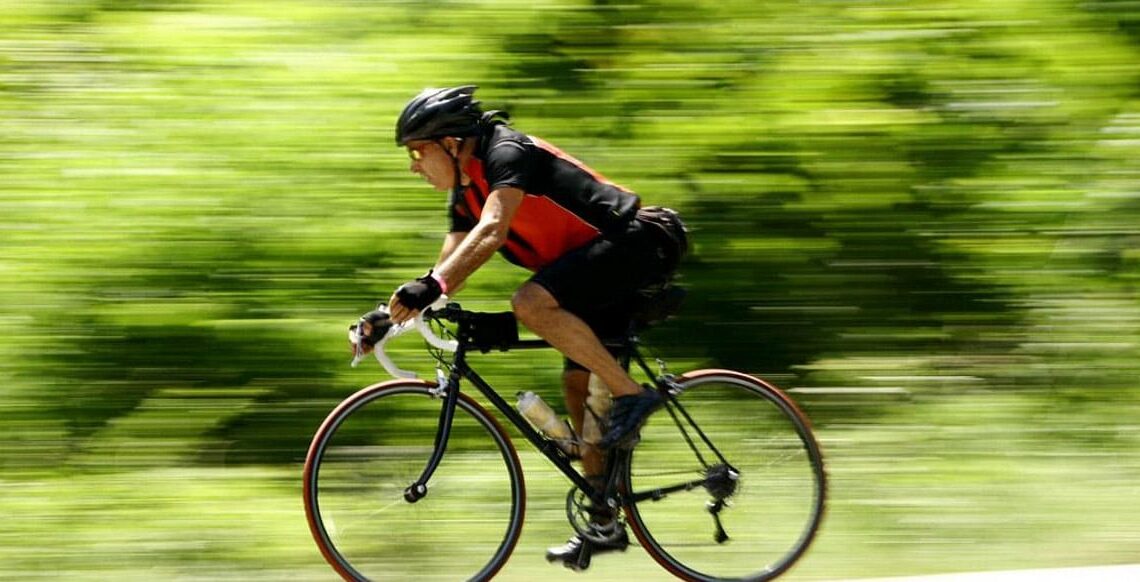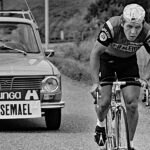
Lacking actual exercise of the body, bicycling is a showing of scientific principles in motion. Bicycle riding depends on basic physics laws, aerodynamics, biomechanics, and energy maximization, be it traveling at high speeds or gliding at a walking pace. If the scientific principles used are comprehended, the riders of bikes will be able to optimize riding better and realize the engineering associated with this fantastic mode of travel.
To truly experience the forces and dynamics at play, it’s necessary to grasp concepts of gizmo physics—a definition that covers the intricate physics of motion, transfer of energy, and efficiency in devices like bicycles.
The Physics of Motion: Newton’s Laws in Cycling
Newton’s Three Laws of Motion, which apply to all mechanical phenomena such as the motion of bicycles, are the backbone of cycling.
- First Law (Law of Inertia): A bike, having been set in motion, will move in a straight line at a constant speed until an external force is applied to it. In practical terms, if you don’t have resistance, you can keep up the same speed with little effort. This is the reason why bikes keep moving whether they’re freewheeling on flat ground or going down a hill.
- Second Law (F = ma): Force of an object under this law is quantified as its mass multiplied by its acceleration. Pedaling faster accelerates the bicycle from a cycling viewpoint. The faster you pedal, the faster your bicycle moves.
- Third Law (Action and Reaction): When you pedal the bike forward and you go forward, and the tires strike the ground, this shows action and reaction. The bike moves forward if you push with the pedals; this is an action and a reaction.
Though these basic ideas outline the basic motion of the bicycle, in order to comprehend fully the dynamics of pedaling we must investigate further into concepts of energy transfer and efficiency.
Energy Transfer and Efficiency
Looking at how energy is transferred and converted, cycling is a very efficient mode of transport. Pedaling by the rider converts the chemical energy of food into mechanical energy. Through the transmission of this energy to the wheels, pedals, crankset, and chain, the bicycle moves forward.
- Human Power Output: The cyclists will generally be able to maintain 100 to 200 watts of power for substantial distances depending on how fit they are. The efficiency of the drivetrain of a bicycle means that almost 90% of the energy that the rider’s muscles produce drives the bicycle with little loss to friction.
- Mechanical Efficiency: The gear and chain system of a bicycle is designed to waste as little energy as possible. Although there is always some friction in the system, improvements in materials and design have minimized it, so that the majority of the energy from pedaling is transferred directly to the wheels. Because of this efficiency, bicycles are incredibly fast and energy-efficient compared to other forms of transportation, even jogging or walking.
Aerodynamics and Drag: The Example of Air Resistance
As cyclists ride at high speed, they encounter numerous problems, and noise is one of them. Since air resistance increases very quickly with an increase in speed, greater effort is needed to cover the same speed.
Drag Force Equation
The drag force Fd can be calculated using the equation:
Fd = (1/2) × Cd × A × ρ × v2
where:
- Cd is the drag coefficient (a value that depends on the shape of the cyclist and the bicycle),
- A is the frontal area of the cyclist and the bike,
- ρ is the air density,
- v is the velocity.
By taking an aerodynamic position, cyclists can minimize their frontal area and consequently minimize drag. They trim the drag encountered by lowering their height, folding in their elbows, and with their head low, hence making traveling faster while minimizing energy usage.
Energy Conservation in Group Riding
Drafting is a method used in group riding, especially in competitive environments, to save energy. Riding behind another bike allows a rider to benefit from the lower drag behind the front rider. This can reduce drag by as much as 40%, which would allow the follower to save energy and maintain pace more easily.
- Drafting in Practice: Drafting reduces the turbulent air behind the lead rider. With less resistance, the trailing rider can ride in this more stable air. This enables the draft rider to save energy, which may be very important for long distance races or rides.
Biomechanics of Cycling
Although the bicycle is beneficial equipment, the human body is equally necessary to cycling. Cycling performance requires an understanding of how the body attains homeostasis and how muscles develop power.
- Pedaling Mechanics: This involves smooth, circular pedaling for effective pedaling. Both push and pull are involved; during the downstroke, the rider pushes down the pedal, and during the upstroke, he pulls up. This ongoing process helps the rider use all the muscle groups which are involved in the procedure, including the quadriceps, hamstrings, glutes, and calves.
- Equilibrium and Balance: Overbalancing on a bike is a challenging process of dynamic equilibrium and gyroscopic effect combination. The spinning wheels provide a gyroscopic effect that aids the bicycle’s stability standing upright. Particularly riding over curves or bumpy roads, the rider’s control on and allocation of body weight contribute to maintaining an equilibrium.
A Perfect Fusion of Science and Motion
Cycling is a multifaceted interaction between engineering, human biomechanics, and physics. From the forces outlined in Newton’s Laws to the techniques used to reduce air resistance, cycling is a remarkable demonstration of how scientific ideas apply to day-to-day life. Whether they’re cycling recreationally or competing, understanding these concepts can improve cyclists’ performance as well as their energy economy.
The post The Science Behind Riding a Bicycle appeared first on PezCycling News.



